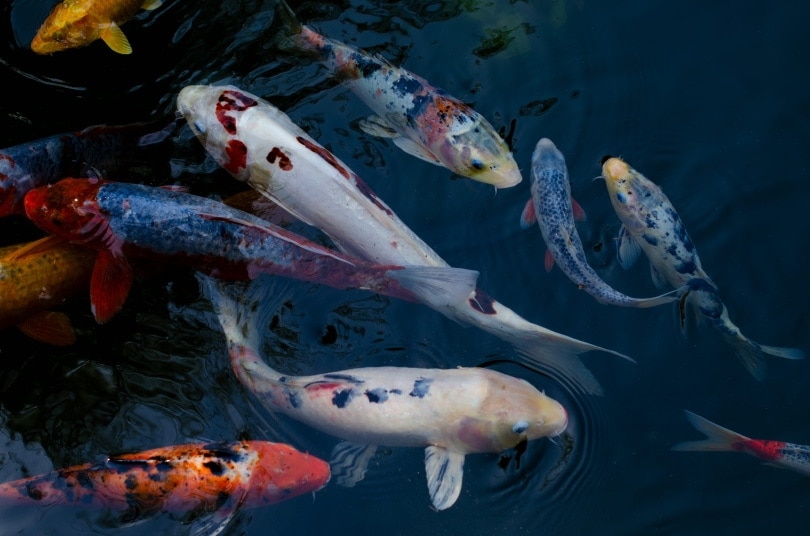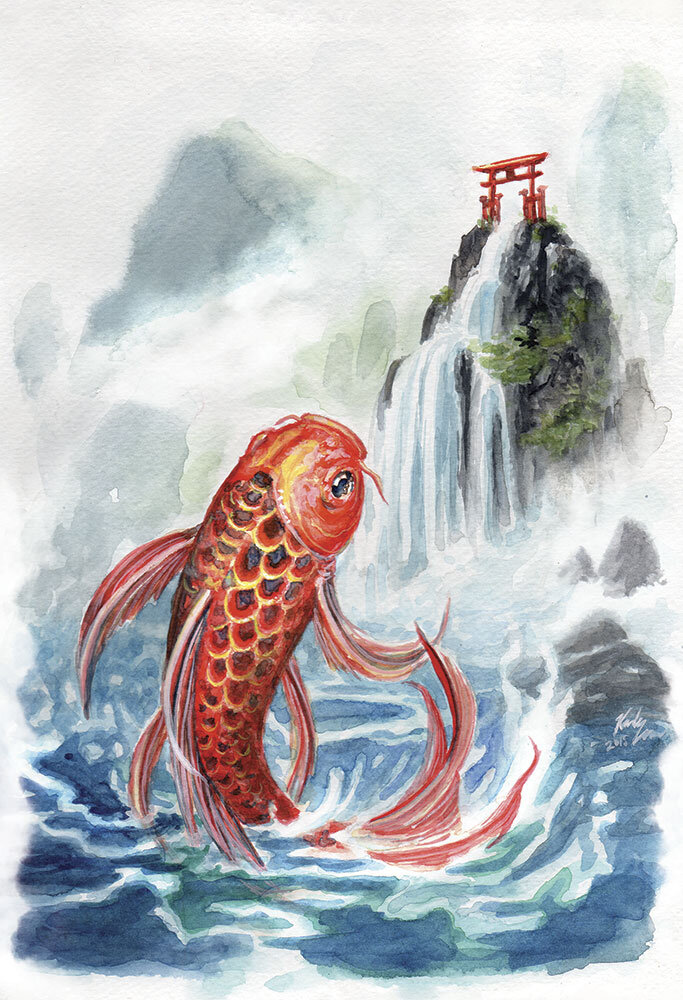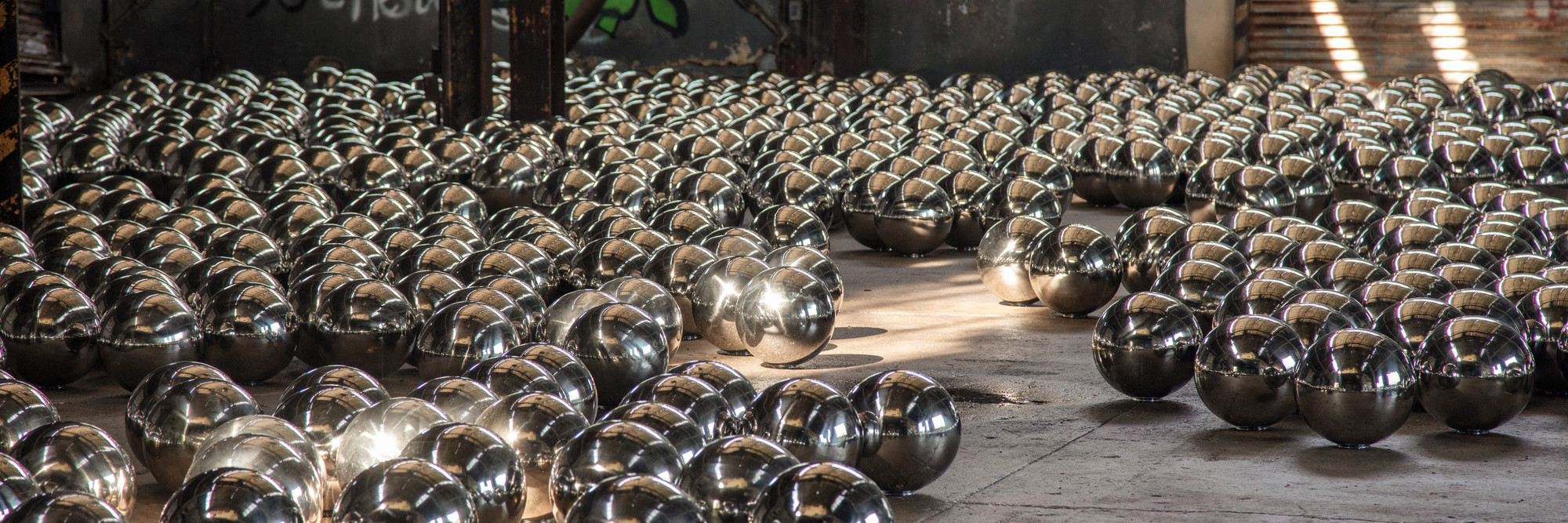Koi fish, also known as Nishikigoi, are a species of ornamental carp that originated in China over a thousand years ago.
Since then, they have become a beloved symbol of Japanese culture and have inspired countless works of art, literature, and even tattoos.
In this blog post, we will explore the fascinating history and enduring influence of these beautiful fish.
Origins of Koi Fish
The exact origins of koi fish are shrouded in legend, but it is believed that they were developed from common carp in China during the Jin Dynasty (265-420 AD).
The fish were initially raised for food, but over time, they began to be bred for their distinctive colours and patterns.

The Koi fish were first introduced to Japan during the 17th century, where they quickly became a popular symbol of good luck and prosperity. The Japanese began breeding koi fish for their beauty and began developing new colour variations, resulting in the many different types of koi we see today.
Symbolism and Meaning
In Japanese culture, koi fish have deep symbolic meaning. They are associated with strength, perseverance, and ambition due to their ability to swim upstream and even jump waterfalls.
They are also considered a symbol of good fortune and are often depicted in art with various symbols of prosperity, such as gold coins or lotus flowers.
Koi fish are also associated with love and romance. According to legend, a koi fish that is able to swim upstream and reach the top of a waterfall will transform into a dragon.
In Japanese culture, dragons are a symbol of power and masculinity, and the transformation of the koi fish into a dragon is seen as a metaphor for a man's transformation into a powerful and successful figure.

Artistic Influence
Koi fish have had a significant influence on Japanese art, particularly in the realm of painting and printmaking. The Japanese artist Hokusai, best known for his iconic print "The Great Wave off Kanagawa," also created a series of prints featuring koi fish.

In addition to traditional art forms, koi fish have also inspired modern art. The contemporary artist Yayoi Kusama, known for her immersive installations and polka dot patterns, has created several works featuring koi fish. Her sculpture "Narcissus Garden," which features hundreds of mirrored spheres floating on a pond, creates an illusion of swimming koi.

Conclusion
Koi fish have a long and rich history that spans thousands of years, and their influence on Japanese culture and art is undeniable. Today, they continue to inspire artists and designers around the world, and their vibrant colours and intricate patterns serve as a reminder of the beauty and resilience of nature.


